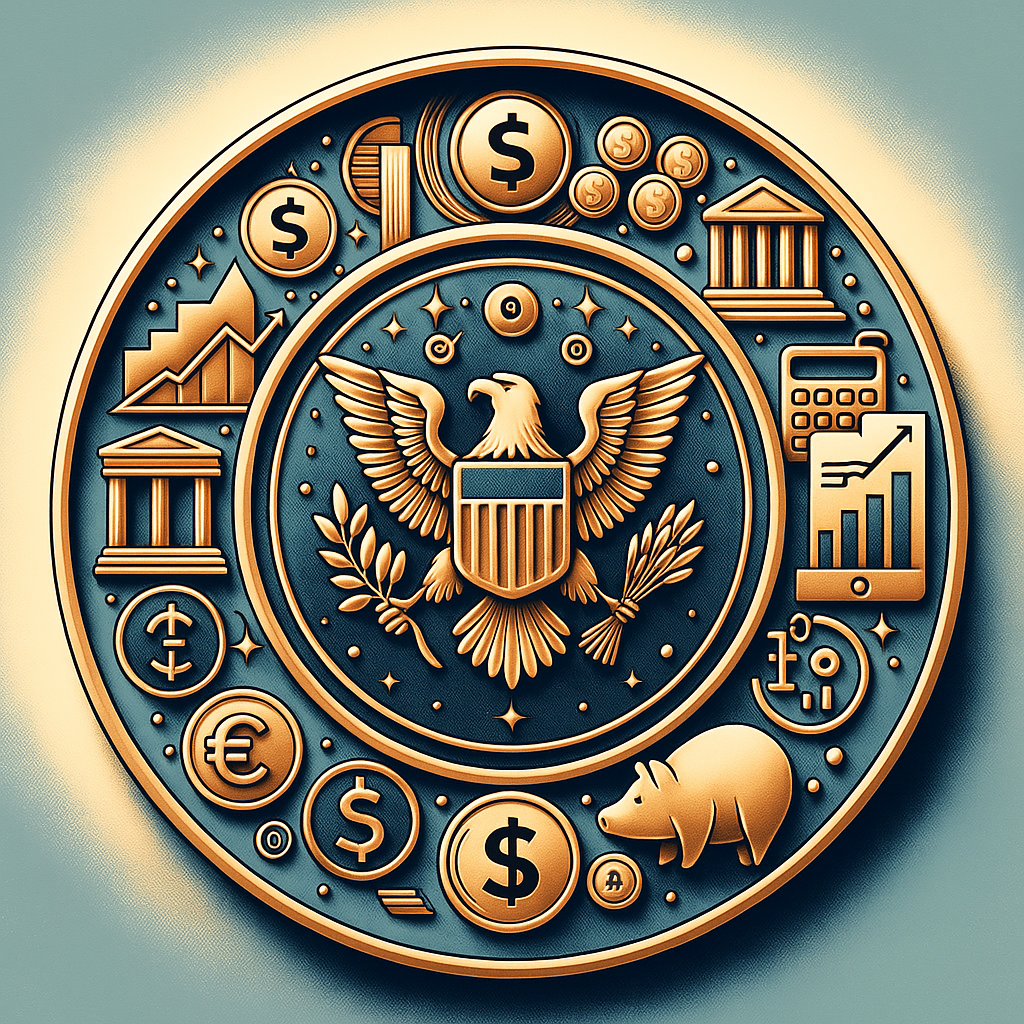Understanding the Link Between Federal Reserve’s Monetary Policies and Your Small Business Financing Options
Estimated Reading Time: 6 minutes
- Understanding the impact of Federal Reserve policies on interest rates
- Exploring various financing options and their sensitivity to monetary policy
- Practical takeaways for small business owners navigating financing
Table of Contents
- Understanding Federal Reserve Monetary Policy
- Impact of Monetary Policy on Interest Rates
- The Link Between Monetary Policy and Specific Financing Options
- The Current Landscape: What to Expect in 2025
- Practical Takeaways for Small Business Owners
- Conclusion
- FAQ
Understanding Federal Reserve Monetary Policy
The Federal Reserve has two primary objectives: to manage inflation and maximize employment. It employs various tools to achieve these goals, including:
- Open Market Operations: Buying or selling government securities to influence the amount of money circulating in the economy.
- Federal Funds Rate: Setting the interest rate at which banks lend to each other overnight, which both directly affects other interest rates across the economy and indicates the overall direction of monetary policy.
- Reserve Requirements: Adjusting the minimum reserves each bank must hold, thereby influencing the amount of money banks can lend.
By manipulating these tools, the Federal Reserve aims to stabilize the economy, which directly affects lending environments for small businesses.
Impact of Monetary Policy on Interest Rates
Interest rates are a key component of small business financing. When the Federal Reserve raises interest rates to combat inflation, borrowing costs increase, making loans and credit lines more expensive for small businesses. Conversely, when the Fed lowers the rate, borrowing becomes cheaper, facilitating access to funding for growth and expansion.
For example, in recent years, the Fed lowered interest rates to unprecedented levels to stimulate economic recovery following the pandemic. This made it easier for small businesses to obtain loans at lower rates, encouraging them to invest in new equipment, hire additional staff, or expand operations.
The Link Between Monetary Policy and Specific Financing Options
Different financing products respond uniquely to changes in Federal Reserve monetary policy. Here’s how various options relate to interest rate fluctuations:
- Working Capital Advances: In a high-interest environment, these advances can become pricey. However, with lower rates, the cost of capital decreases, allowing for easier access to necessary funds for day-to-day operations.
- SBA Loans: The Small Business Administration backs loans that typically feature lower interest rates compared to traditional financing. Changes in the federal funds rate can influence the ultimate rates offered on these loans, impacting the attractiveness for small business owners.
- Lines of Credit: These flexible financing solutions are particularly sensitive to interest rate changes. When rates rise, businesses may face higher costs associated with drawing on these lines.
- Equipment Financing: Lower rates can make financing equipment purchases more appealing. This is particularly important in 2025 as technology continues to advance rapidly, with businesses seeking to keep pace through updated machinery and tools.
- Merchant Cash Advances (MCA): These typically carry higher costs regardless of interest rate changes due to their non-traditional structure. However, economic shifts prompted by Federal Reserve policies can affect the availability of these products.
The Current Landscape: What to Expect in 2025
As we progress through 2025, several factors will shape the Federal Reserve’s monetary policy and its impact on small businesses:
- Inflation Trends: Inflation continues to pose challenges, with the Federal Reserve closely monitoring consumer prices. Should inflation persist, it may lead to further interest rate hikes, resulting in increased borrowing costs.
- Employment Levels: A robust job market can lead to wage inflation, putting upward pressure on prices. Consequently, the Fed may need to adjust rates accordingly.
- Economic Recovery: The ongoing recovery from the pandemic and its associated economic impacts will guide Fed decisions. A strong recovery may warrant a tightening of monetary policy.
For small businesses, staying abreast of these developments is crucial. By understanding how shifts in monetary policy can affect various financing options, you can make informed decisions that suit your growth strategies and operational needs.
Practical Takeaways for Small Business Owners
To effectively navigate the complexities of financing in a changing economic climate, here are three practical takeaways:
- Keep an Eye on Interest Rates: Regularly monitor the Federal Reserve’s announcements and economic indicators that suggest changes in interest rates. Understanding these shifts will help you time your financing decisions appropriately.
- Explore Diverse Financing Options: With various products available, assess which fits your business needs best. Whether it’s equipment financing for technological upgrades or working capital for everyday expenses, knowing your options can empower your financing strategy.
- Consult with Experts: Engaging with funding specialists, like those at Big Think Capital, can make a significant difference. They can provide insights into the current financing landscape and guide you toward the best loan products to match your business goals.
Conclusion
Understanding the links between Federal Reserve monetary policies and small business financing options is vital for navigating today’s economic landscape. As interest rates fluctuate, small business owners must remain informed and proactive to leverage available resources effectively.
If you’re a business owner in search of tailored financing solutions to drive growth, explore how Big Think Capital can help. Our team of funding experts is ready to assist you in identifying the best options for your unique needs.
Interested in learning more? Visit us at bigthinkcapital.com or connect with a funding expert today.
FAQ
Q: How do Federal Reserve policies impact my small business loan rates?
A: Federal Reserve policies influence the federal funds rate, which affects the interest rates that banks charge for loans. When the Fed raises rates, loan costs typically increase, and when they lower rates, borrowing costs decrease.
Q: What should I do in a high-interest rate environment?
A: Consider exploring alternative financing options that may offer lower costs, such as SBA loans, and time your borrowing needs carefully based on expected rate changes.
Q: Is it beneficial to consult with a financing expert?
A: Yes, consulting with a financing expert can provide personalized guidance on navigating your options and finding the most suitable financing for your business’s unique situation.






